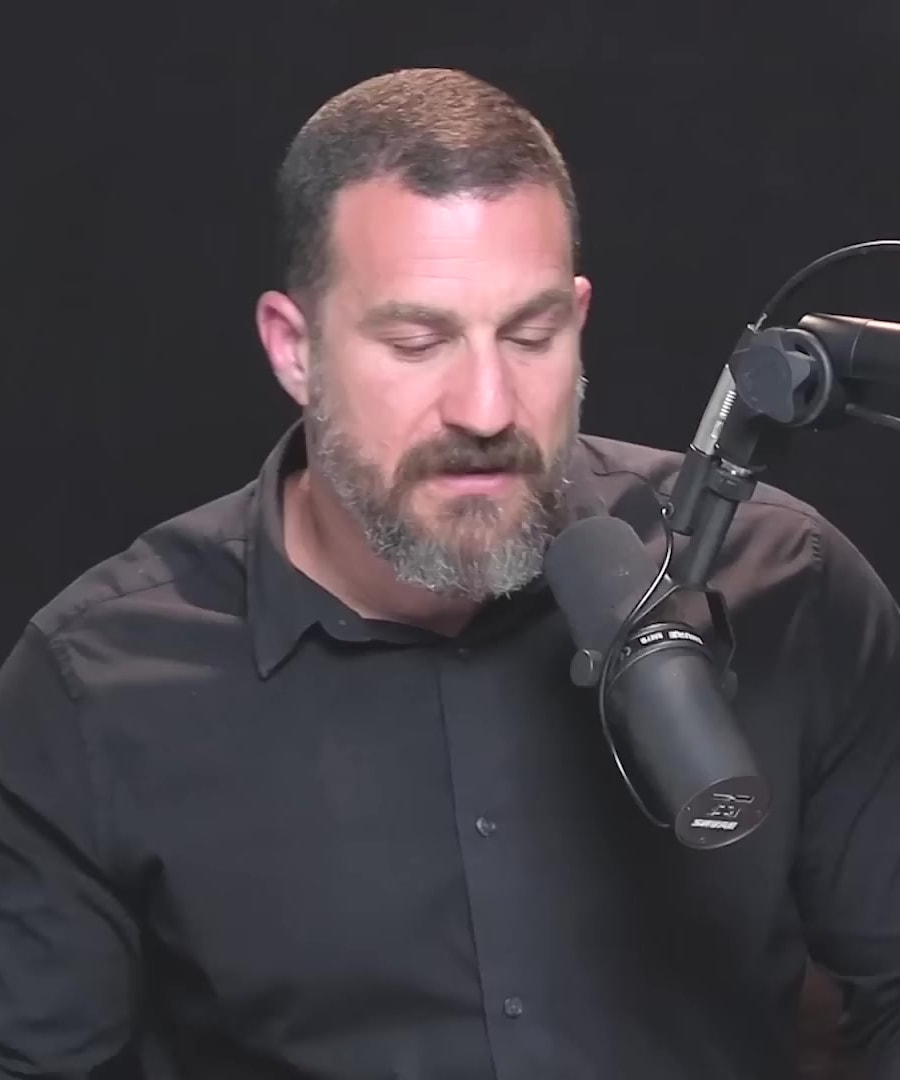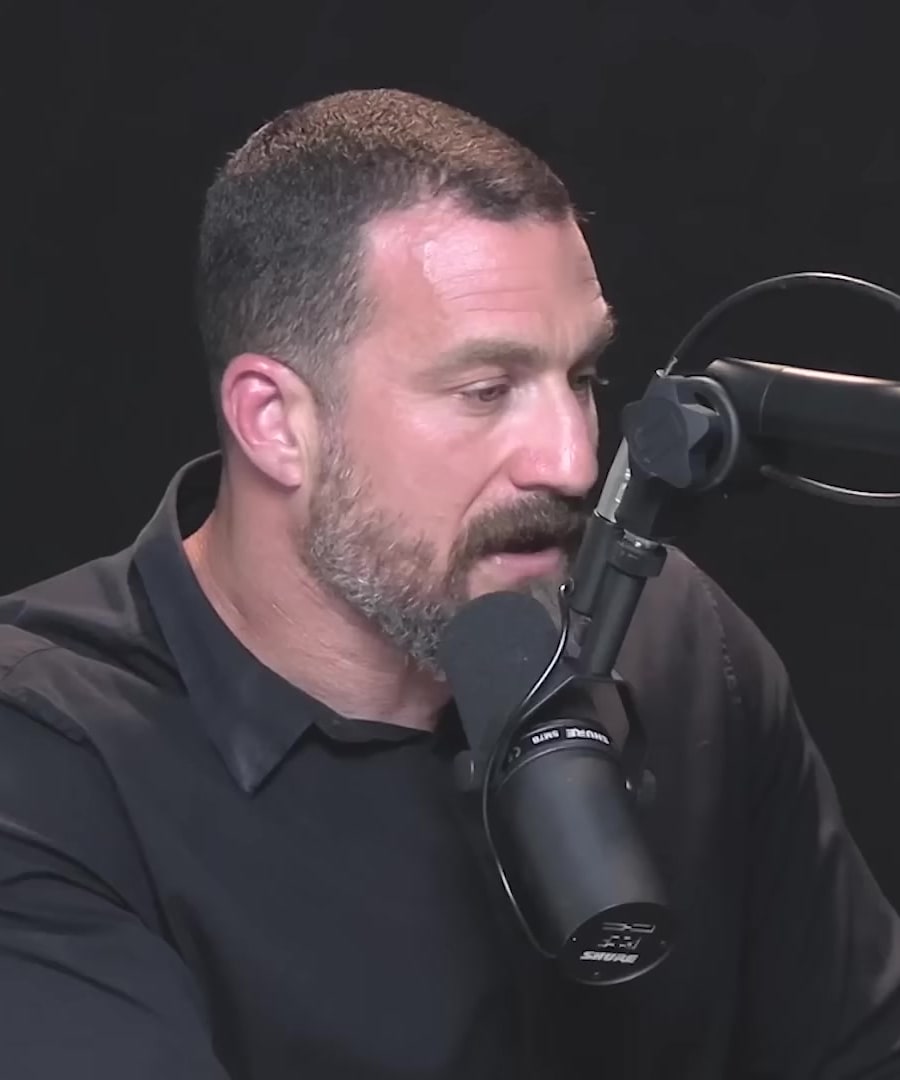How did Feynman deal with grief?
Sources:
Richard Feynman coped with grief through an enduring emotional attachment to his first wife, Arline, even after her passing. Despite his deep grounding in logic and physics, Feynman struggled to reconcile the logical world with the emotional world after Arline's death. He continued to write letters to her, indicating not only the intensity of his grief but also his inability to fully accept that she was gone, which is reflected in the letters unearthed after his own death. These letters poignantly illustrate the dissociation between the reality of someone's absence and the ongoing emotional connection felt toward them 1.
explains Feynman's behavior as entirely normal in the grieving process, emphasizing that the brain makes predictions based on a rich catalog of episodic memories related to the person lost, creating expectations of their presence. Huberman uses Feynman's story to highlight the importance of remapping emotional attachments while allowing the brain to understand the new reality of a loved one's absence in both space and time. He recommends maintaining the intensity of attachment but adjusting the expectations related to the person's physical presence 2.
Feynman's letter reveals a profound attachment that persists despite the logical understanding of his wife's death, yet also shows his confusion about where she is now that she's gone. This highlights the challenge in grief of maintaining closeness while uncoupling it from the dimensions of space and time. Huberman reiterates that grief involves maintaining the emotional bond but forming a new understanding of where the loved one exists in the new configuration after death 3 4.
RELATED QUESTIONS



